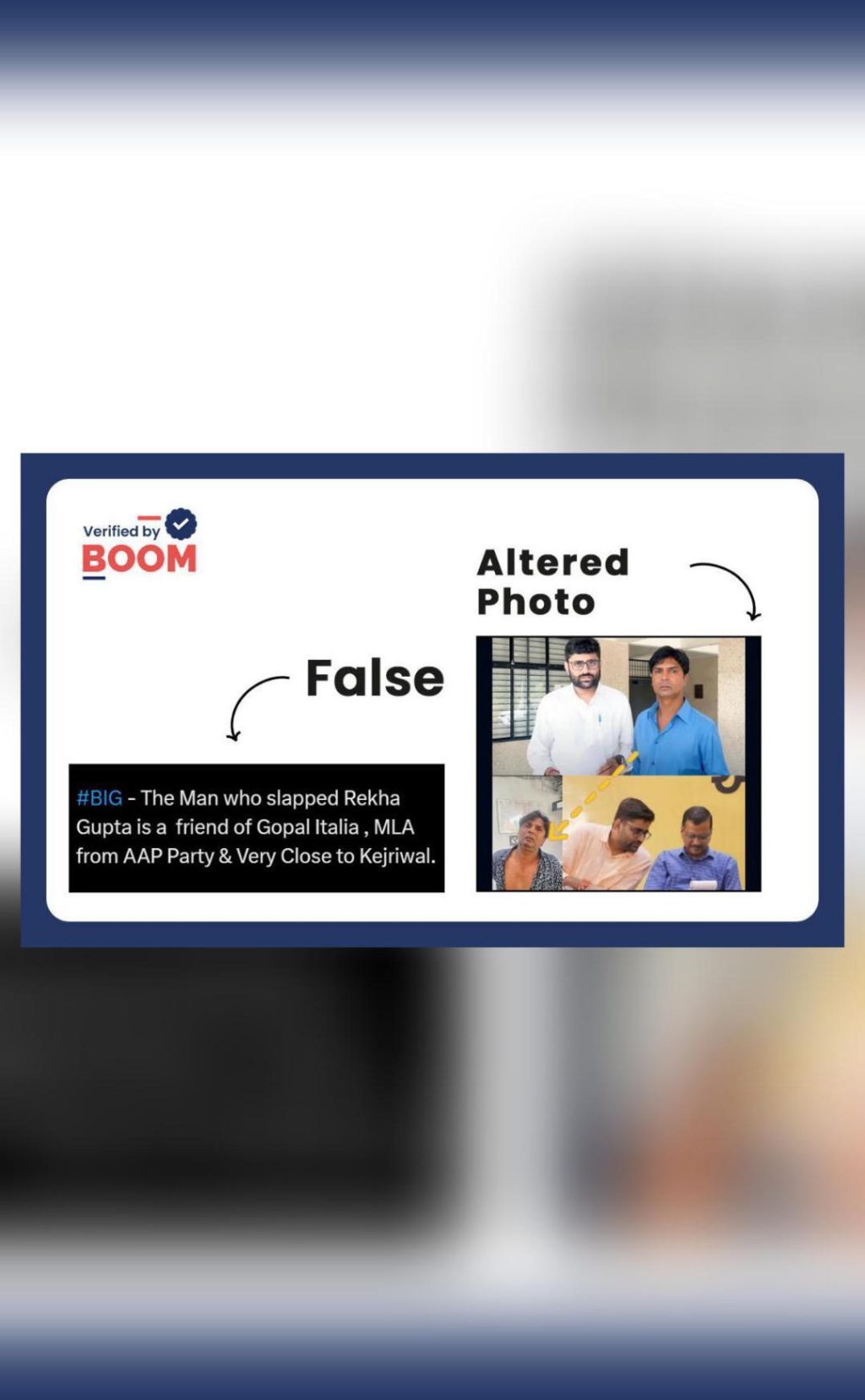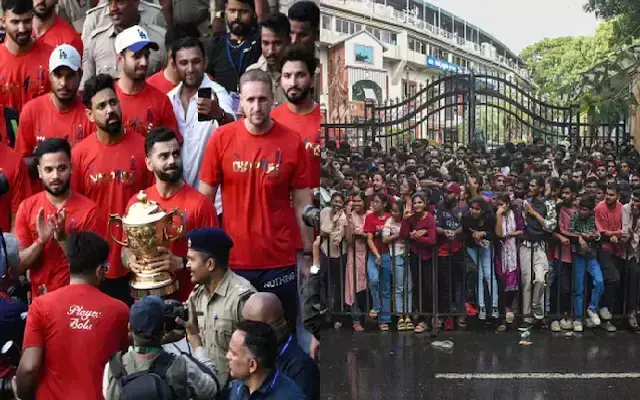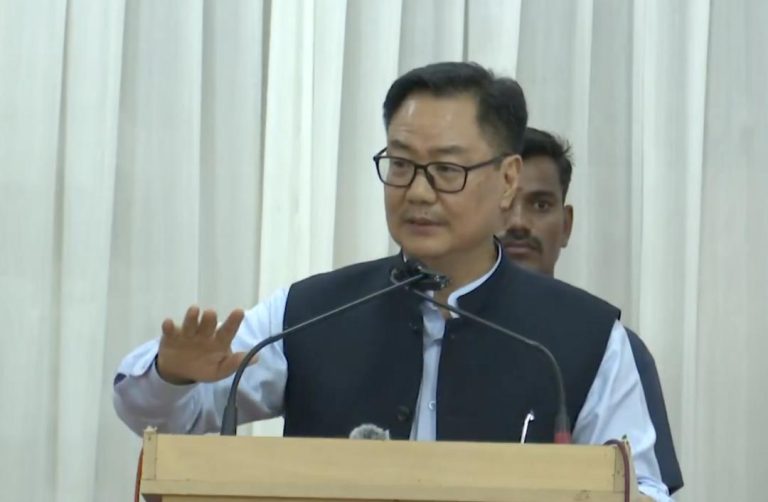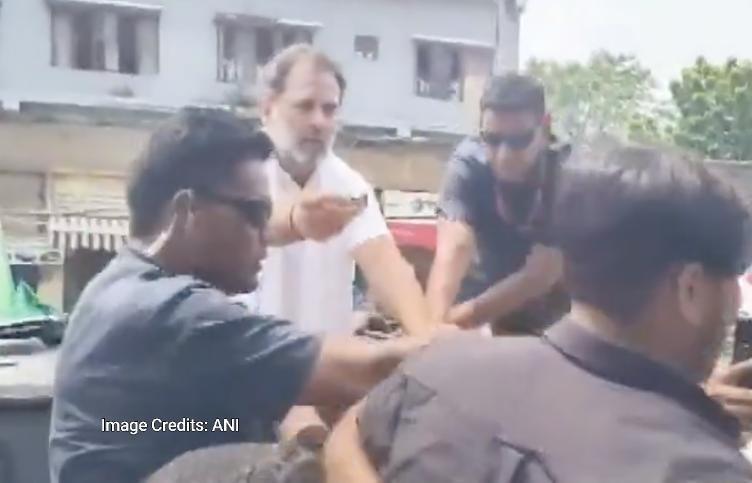
Morphed Photo Falsely Shows Delhi CM’s Attacker with AAP’s Italia
In recent times, social media has become a breeding ground for misinformation and fake news. A recent example of this is a viral photo that claimed to show Aam Aadmi Party (AAP) leader Gopal Italia with the man accused of attacking Delhi Chief Minister Rekha Gupta at her residence. However, BOOM, a fact-checking website, has found that this photo is morphed and false.
The photo in question was shared widely on social media, with many claiming that it was evidence of Italia’s involvement in the attack on the Chief Minister. However, BOOM’s investigation has revealed that the photo is fake and has been manipulated to mislead people.
To understand how this photo was morphed, let’s take a closer look at the original visual. BOOM found that the original photo shows Italia with another man, not the alleged attacker. The photo was taken at a different event or location, and it has been manipulated to make it look like Italia is with the attacker.
So, how did this photo get morphed and shared widely on social media? It is likely that it was created by someone with malicious intentions, who wanted to create a fake narrative around Italia’s involvement in the attack on the Chief Minister. This person may have used image editing software to manipulate the photo and make it look like Italia is with the attacker.
But why would someone want to create such a fake photo? There could be several reasons for this. Firstly, it could be an attempt to discredit Italia and the AAP party. By making it look like Italia is involved in the attack, the person creating the photo may be trying to damage his reputation and undermine the party’s credibility.
Secondly, it could be an attempt to create divisions within the AAP party. By making it look like Italia is involved in the attack, the person creating the photo may be trying to create tension and conflict within the party. This could be done by creating a fake narrative that Italia is working against the party’s interests, or that he is involved in some kind of corruption or scandal.
Thirdly, it could be an attempt to create a distraction from the real issues. By creating a fake photo that goes viral, the person creating it may be trying to distract people from the real issues that are facing the city. This could be done by making it look like the attack on the Chief Minister is more serious or more complex than it actually is, or by creating a false narrative that Italia is involved in some kind of conspiracy.
Regardless of the reasons behind the creation of this fake photo, it is clear that it is a dangerous and misleading attempt to manipulate people. By spreading false information, the person creating this photo may be trying to create a false narrative that could have serious consequences.
So, what can we do to prevent the spread of fake news and misinformation? Firstly, we need to be more careful when sharing information on social media. We need to fact-check information before sharing it, and we need to be wary of photos and videos that seem too good to be true.
Secondly, we need to hold those responsible for spreading fake news accountable. We need to report suspicious activity to the authorities, and we need to support fact-checking websites like BOOM that work to expose and debunk false information.
Finally, we need to promote media literacy and critical thinking. We need to teach people how to critically evaluate information and how to identify false information. We need to encourage people to question information that seems too good to be true, and we need to promote a culture of skepticism and critical thinking.
In conclusion, the morphed photo that claimed to show Delhi Chief Minister Rekha Gupta’s attacker with AAP leader Gopal Italia is a clear example of fake news and misinformation. By spreading false information, the person creating this photo may be trying to create a false narrative that could have serious consequences. We need to be more careful when sharing information on social media, hold those responsible for spreading fake news accountable, and promote media literacy and critical thinking.






